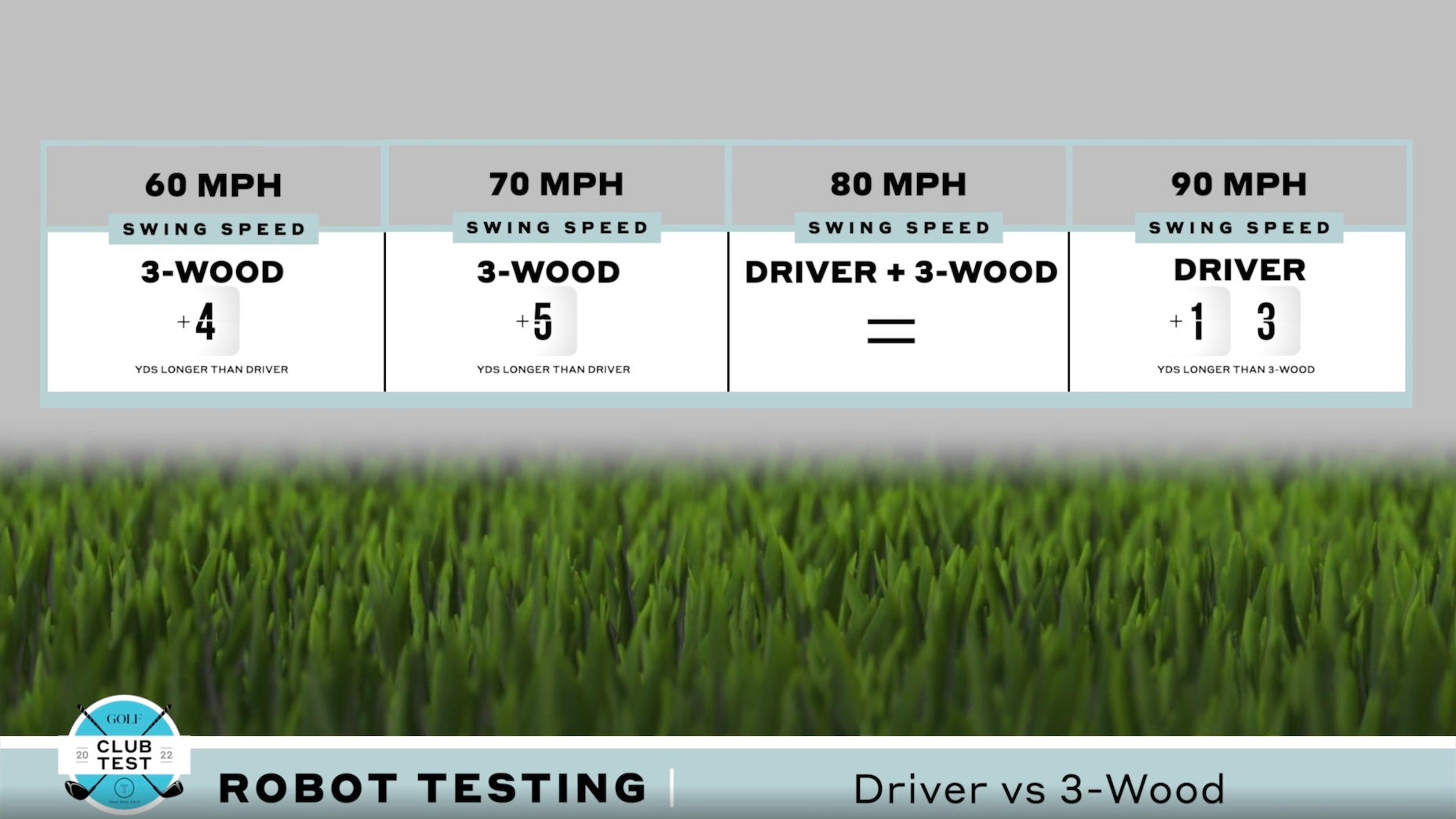There’s a big debate over being steep vs. shallow in the short game. What’s best for the average player? I tried to find out. The post As an average player, is steep or shallow better? I did a deep-dive to find out appeared first on Golf. There’s a big debate over being steep vs. shallow…
Are you better off playing driver or 3-wood? Use this handy guide
When should you rely on a driver over 3-wood or vice versa? These data insights can help clear things up for most golfers.
The post Are you better off playing driver or 3-wood? Use this handy guide appeared first on Golf.
When should you rely on a driver over 3-wood or vice versa? These data insights can help clear things up for most golfers.
The post Are you better off playing driver or 3-wood? Use this handy guide appeared first on Golf.
With drivers getting faster and more forgiving with each release cycle, it’s natural to assume the big stick should be the primary option off the tee. Weekend golfers tend to miss the face center more than the average tour pro and don’t possess anywhere close to the same speed in the tank. Opting for anything other than driver feels like a fool’s errand.
Even the mini driver appears to be a better 1A compared to the 3-wood. Or at least that’s the story we tell ourselves when standing over a tee. Provided the driver is optimized for your game, there’s no question it should be longer than the 3-wood. The problem is not every golfer understands the role clubhead speed can play in dialing in carry distance.
What we learned with the help of Golf Laboaratories’ swing robot is that certain groups of golfers might be better off using 3-wood as their primary option off the tee to maximize carry distance.

Testing with Golf Laboratories revealed that golfers at slower swing speeds below 80 mph saw carry distance with a 15-degree fairway wood outpace the 10.5-degree driver by roughly 5 yards. The simple reason for the flip-flop in carry distance is that golfers at slower swing speeds generally struggle to optimize launch and spin numbers. Carry distance is the first thing to suffer when you can’t generate enough hang-time.
The short 3-wood shaft should make the club easier to control, giving you an improvement in two all-important metrics (carry distance and dispersion). As for the golfers who swing it below 80 mph but are not interested in letting go of their driver, increasing the loft on an adjustable head — in some cases, you can move sole weights around as well to bump up launch and spin — can help you regain lost carry distance.
There’s no guarantee you’ll gain 10-15 yards simply with the turn of the wrench, but it’s very possible you could squeeze a few more yards out of the big stick with increased hang-time.
If you don’t have a launch monitor handy to establish launch conditions at your current driver loft, get with a certified club-fitter who can verify if adding loft to the head with your current attack angle increases carry distance.
Something else to consider is how more loft affects clubface angle on many of today’s drivers.
Going up in loft closes the face angle slightly, which could be a good thing if you tend to slice the ball. Because a change in face angle could alter the gear effect, it’s suggested you bring along impact tape or foot spray to find your typical impact location and see how it aligns with a different face angle.
Want to overhaul your bag for 2024? Find a fitting location near you at True Spec Golf.
The post Are you better off playing driver or 3-wood? Use this handy guide appeared first on Golf.
